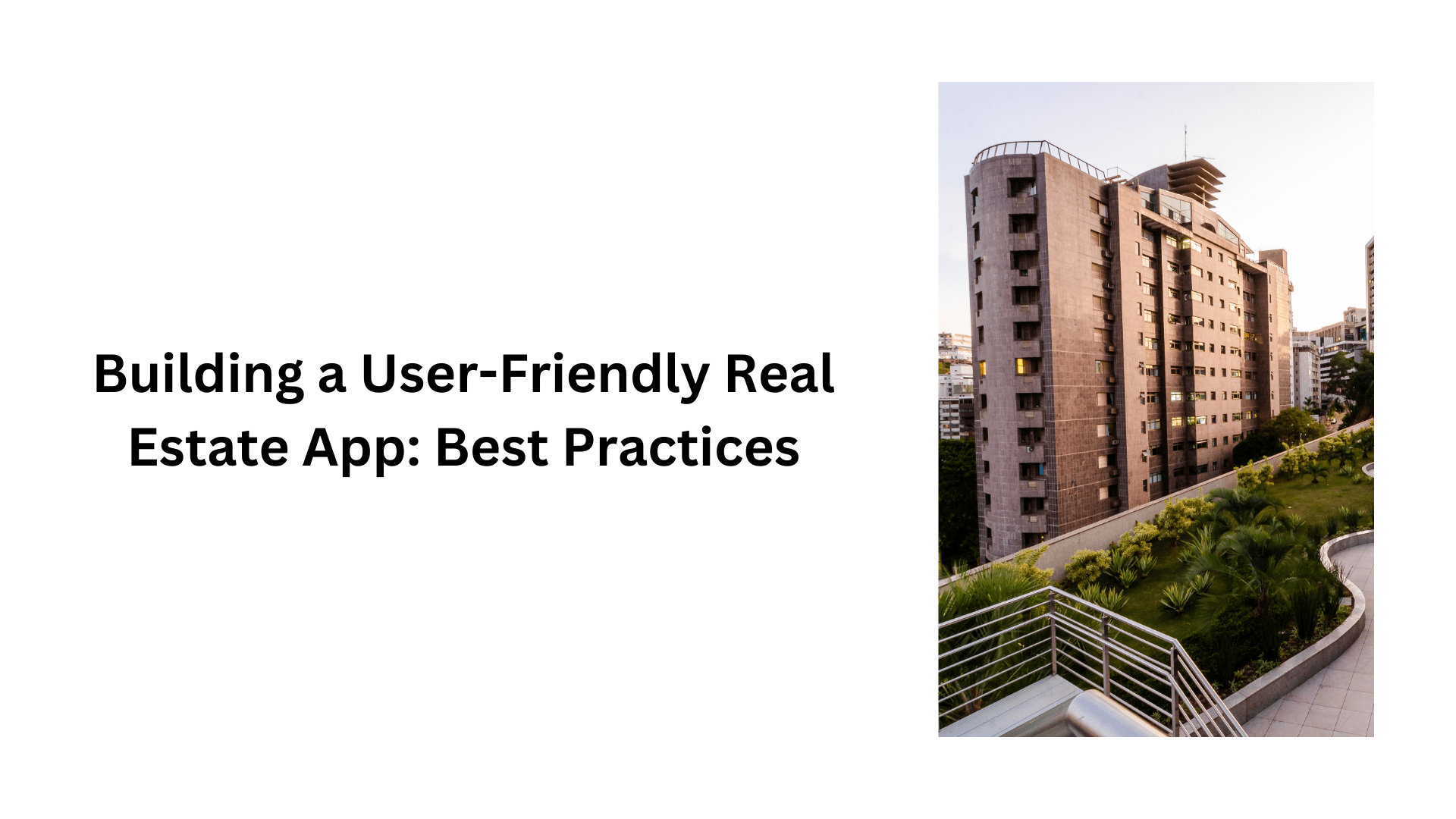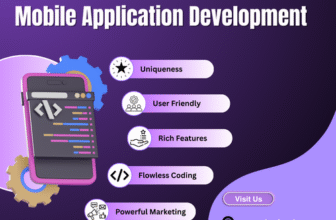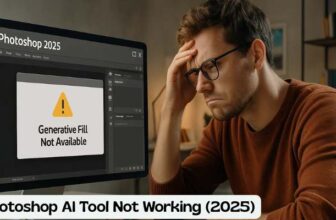
With a shift towards digitalization, every industry is in a race to harness the power of the Internet, and the real estate industry is no different. The real estate tech industry is growing at an astounding rate. According to experts at FMI, the property tech market is expected to grow from US$ 19,608.1 million in 2023 to US$ 47,842.5 million by 2033.
Isn’t that marvelous? What do you think? About time you switched your Real estate business to an application?
Well, there is one little issue with property tech applications, which is that clients and professionals have different needs and expectations from them. Look at it this way, people who need to rent a property look for places to move into, while brokers and owners want to rent their property out. Not only this, there are also homebuyers and realtors, their concentration is ownership of properties.
The question here is, won’t these many features in one application make it bloated?
What do you think?
And, a bloated app could be bad news as most clients won’t even use it.
To aid this problem, here are some of the best practices that every real estate app development company need to take into consideration while building real-estate applications.
Steps to unlock a user-friendly application for your real estate business
After the emergence of new technologies like VR, automation, and AI, interaction with real estate properties has become easier for users. Now this intervention has caused a wave among investors, they are trying to find startups with killer features, and the potential to disrupt the market.
To keep up in such a competitive market, a well-designed interface would be a good differentiator to highlight your application. Here we have listed features that would make your application user-friendly:
User Research in Real Estate UI/UX
The first step in building a user-friendly application is to do thorough research on user behavior, needs, and pain points of users. In real estate, this means studying how users search for properties, what information do they find useful, and most importantly what frustrates them about using real estate platforms.
This research is necessary to build a more user-centric application. Keeping the user at the center of your design means creating an application with intuitive search functions, easy-to-read property listings, and simplified navigation.
User research will help you build an application that is easy to use for all kinds of users, while also making the experience enjoyable.
Navigation and Architecture
Later comes the part of designing an application that has a strong and smart build with smoother navigation. When you begin building your application, your concentration must be divided between making its architecture informative and visually appealing, all while ensuring that it remains functional for the user to navigate through it.
An informative architecture means differentiating and labeling properties that make sense to users, meanwhile, visual branding helps create a memorable and enjoyable experience for them. It involves visual design, high-quality images, a clean layout, and an eye-pleasing color palette. Branding ensures that the platform reflects the company’s identity and values, helping to build trust with users.
An informative and visually appealing architecture with good navigation that makes it easy for users to find what they are looking for, sounds like a recipe for an efficient and frustration-free application!
Accessibility and Responsive Design
Since our goal is to build a user-friendly application, we should make it usable for all kinds of users. This means, making an application with features like text-to-speech, keyboard navigation, and adjustable high-contrast themes. This would make your platform inclusive and will broaden your user base.
Now, if we add responsiveness with accessibility, it will enhance the user experience tenfold. In this multi-device world, your application must be built in a way that functions well on all devices from desktops to smartphones. This adaptability will make it easier for users to access their favorite properties anywhere, increasing user engagement.
Maps and street view
Two identical properties can vary in price by hundreds and thousands just because they are built in different locations. Thus, along with search filters for location, your app must offer a map and street view. Without this feature, users might not be able to locate the exact place of the property and end up getting frustrated.
Also, it will help owners differentiate between their listed properties and erase the chances of confusion. Not only this but, the street view would make navigation much easier for renters- making the property look more legitimate. To their benefit, it might lead them to strike a deal with the owner through your app without any brokerage interruption.
Augmented Reality (AR) and virtual tour
Looking at properties online with just pictures might not be enough for present-day users as the internet has become more functioning. With the virtual tour feature, users can look around the property from anywhere, they can see the full layout without visiting it. And you can up your game a level by incorporating the augmented reality feature, because if they are planning to move into the property, AR will allow them to customize elements in the property, like furniture and paint, with the help of your application. This would be proven beneficial for the owners of multiple properties, as they won’t have to attend visitors in person.
These features would make your application unique and efficient in more ways than just one, enhancing user experience in meeting demands extraordinarily.
Tools
Along with all these useful features, here is a list of tools that are a must for user-friendly app development:
Conclusion
Building a good user-friendly application requires research, comparative analysis of your competition in the market, and keeping the user needs at the center of your app development. With intuitive features like search filters, AR, virtual touring, in-app messaging, map view, etc. your app will improve user engagement which will increase user retention. The digital shift of the real estate industry offers a lot of opportunities for investors and buyers, making it easy to deal in real estate. Make sure you use a reliable app development company to build a successful application.
Building the right real estate application has become a difficult task. The growing demand for digital real estate platforms and the wide variety of users on them have resulted in a complication where developers have to maintain a balance between security, performance, and aesthetics in order to build an application that is not only user-friendly but also exceeds the market standards.
If the goals and expectations are clear, one might ask, why is building such an application a complicated task? To build a real estate application that meets user expectations, the app must be properly balanced between handling countless property listings, securing financial transactions, and delivering an intuitive and user-friendly experience.
Seems like a difficult task? Indeed, It is!
So how does one develop an application that offers stability, security, and a seamless user- experience? To begin with, building a solid framework is a must for developing a functional and expanding platform. Therefore, the key to building a successful real estate platform is carefully choosing the tech stack for the development process. Hence, in this article, we have singled out the top 6 technological tools used by developers worldwide to create reliable, efficient, and user-centered applications.







